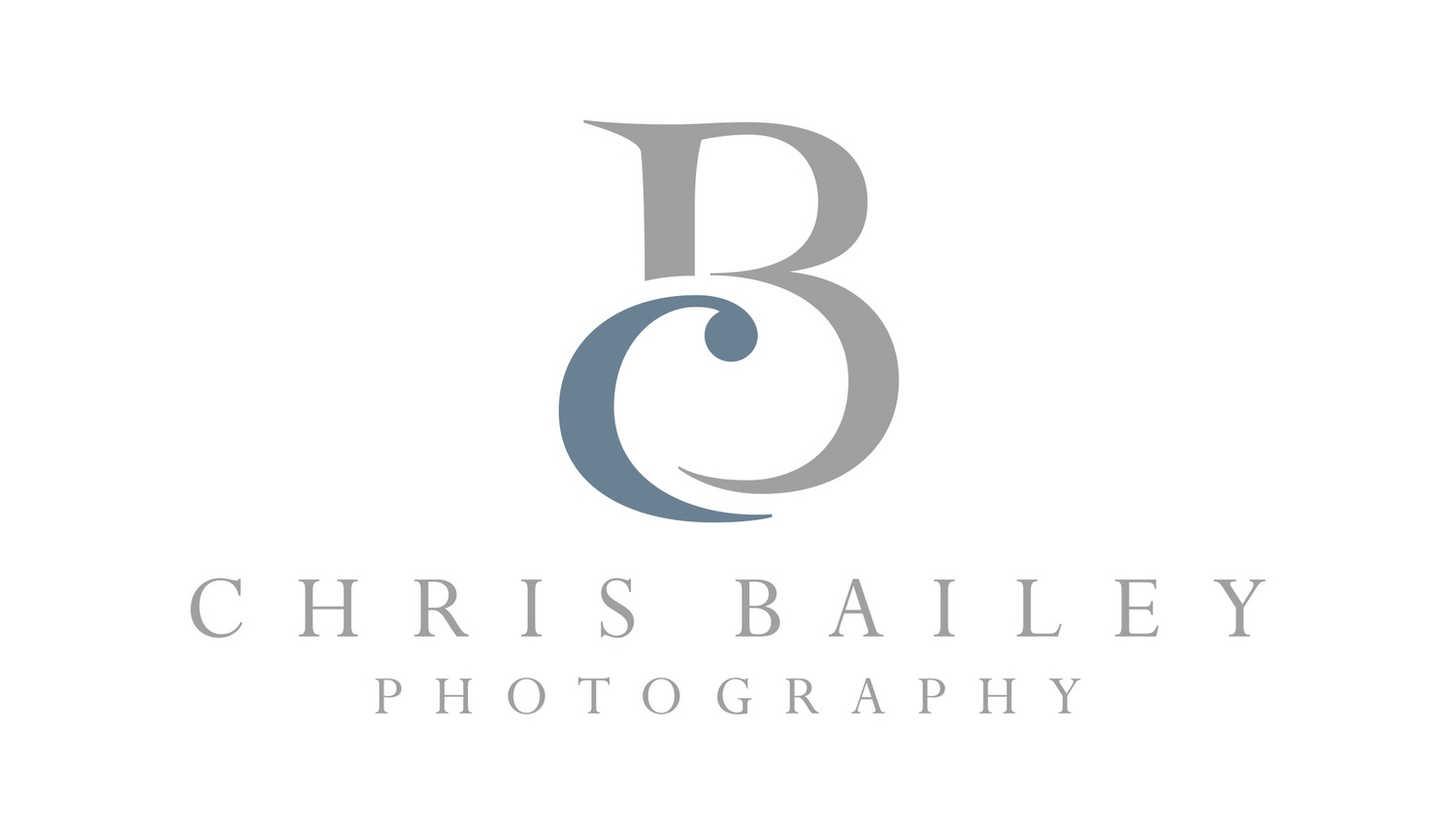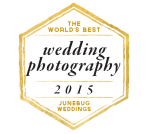While I was in Santa Fe for Katie and Patrick's wedding, I spent some time working with an antique photo process called "tintype" photography. I'll describe the process below, but first let me talk about who I photographed!
I began the week with Katie and Patrick, and we did some tintypes in a little town called "Lamy, New Mexico." To see those, please read the post prior to this about their wedding, or click here. That week I connected with art collector and Associate Gallery Director of the Andrew Smith Gallery, John Boland. John is an extremely kind person, and knows so much about photography, its various process, and the masters of this great art. The Andrew Smith Gallery houses some incredible work, from all the best photographers in history. If you're ever in Santa Fe, you must go see their collections. The work is stunning and truly inspiring!
Anyhow, John had expressed some interest in having a tintype made of him when I visited Santa Fe last year in September. I had promised him that if I returned with my tintype gear, that we would make sure this happened! I was excited when I met with John on this trip, and told him I had brought my gear. We set a time to photograph the following Tuesday, and chose his new house that is under construction as our location.
John is doing much of the work himself, and so we took a coupe photographs with his tools and the house in the background. John also loves to bike, and has been in many races. In his bike photos, he is sporting one of his gold medals he won in a road biking race.
John and I met just after sunrise for an early morning of tintypes. We spent several hours creating tintypes, and he even created one of his own! It was a wonderful way to spend the morning.
Here are some of the tintypes we took, as well as some photographs John took of me working. You'll see all of the gear required to make these beautiful pieces!




Some of the gear...as you can see, I converted my old orange camp trunk into my tintype trunk. It works well, but is VERY heavy! The darkroom is the frame from a collapsable dog kennel, with dark cloth that has been sewn together into a box form. I tie the dark cloth along the frame to form the darkroom's structure, and throw a large black out cloth around me and the darkroom box to ensure light doesn't get inside while processing (as you'll see in a photo below). Notice the two orange squares in the back of the darkroom. These are orange safe light filters, and they act as safelight skylights. The white light from the outside is filtered through the orange glass so that I can see inside the darkroom without "fogging" (or exposing) the plates.

Here I am pouring collodion onto a plate. I tilt the collodion so that the liquid flows from corner to corner, and up and down the plate. The collodion gels fairly quickly (especially in the dry Santa Fe air) and must be put in the Silver Nitrate next.

Looking goofy in my tintype outfit. All of those stains are created from the Sliver Nitrate.

Here I am working in my traveling darkroom. As you can see, the large dark cloth is pulled around me to make sure no light gets in while working.

Here I watch the tintype "flip" as it sits in the Potassium Cyanide. The usual way to house the Potassium Cyanide bath is in a vertical box with a dipper. In college I made a vertical bath from plexi-glass, but it leaked on me. I didn't want to have anymore leaking Potassium Cyanide...!!! Now I use Tupperware from the Container Store! Clearly marked, "Poison!"

Peeling the plastic from my plates. At this time I don't "japan" my plates. It is a long process, and I don't currently have the means to do it. Therefore, I used blackened trophy aluminum from Main Trophy Supply.

Close up pouring the collodion.

Wiping the back of the plate. Excess collodion on the back of the plate is not a good thing.

Here I am varnishing the plate. I use a flame to finish them.

Close up of the varnishing process.
Now, some about the process...
The tintype process was developed around the 1850's, and is a "wet plate" process. This means that the photographer must "pour a plate" (or prepare a plate for exposure), expose and develop the plate all within minutes, while the plate is still wet with chemicals. To do this, a tintype photographer must have a darkroom with him while he is creating tintypes.
Tintypes are taken on sheet metal that is blackened prior preparing a plate (this process of blackening the plate is called "japanning"). The base chemical of the tintype is "collodion" which allows the silver nitrate to stick to the plate. Once the collodion is poured onto the plate, the photographer must dip the plate into a bath of silver nitrate and wait 3-5 minutes until the plate is sensitive to light. This part of the process takes place in the darkroom, away from any light.
Once the plate is light sensitive, it is placed in a plate holder, and taken to the camera, where it is exposed to make the picture. After an exposure has been made, the photographer returns to the darkroom to pour developer on the plate and process the image. Water is used to stop the developer from over developing the image. Then the plate is brought into the light, where it is placed in a bath of Potassium Cyanide! The Potassium Cyanide fixes the plate (so that light won't ruin it), and also flips the image so it becomes a positive. The result is a beautiful photo on sheet metal that looks like nothing else you've ever seen.
After the tintypes have been washed and dried, the photographer applies a varnish to the plate to protect it, and uses a flame to evaporate the alcohol in the varnish. It is set to finish drying, and after a coupe hours is ready to handle.
This summer I had a wonderful intern working for me, Madeline. Madeline is a talented photography student at USC, and was home for the summer. She did a wonderful job helping me around the office, and posting photos to this blog! Madeline finished with me this week, however, I had promised to teach her a little about tintypes, before she left. Therefore, this week we spent one morning going over the process, and she made a couple nice tintypes. My favorite was this one of my dog Georgia and me. I still have to varnish the plate, but Madeline did a great job!

My pup (and faithful assistant) Georgia, and me!























































































































































